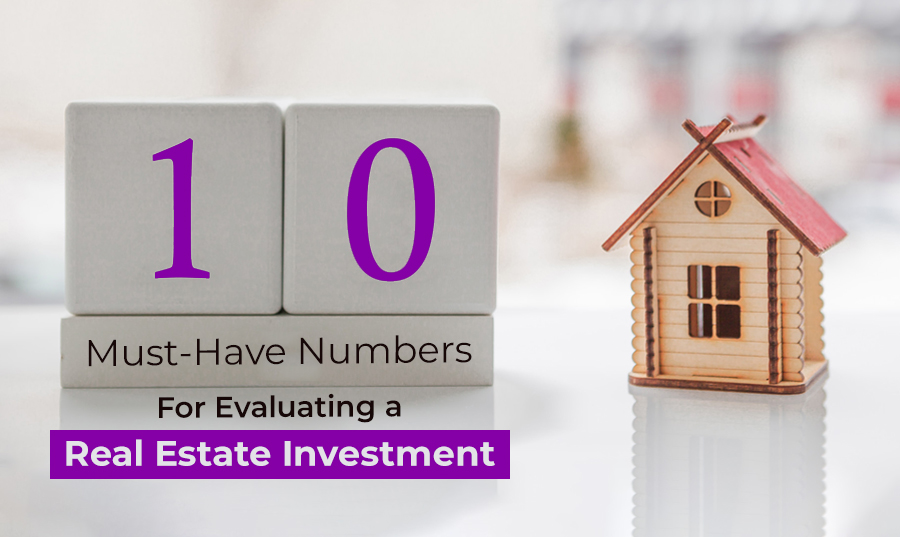In January 2024, the Department of Registrations and Stamps in Maharashtra, also known as the Inspector General of Registration and Controller of Stamp (IGR), recorded a remarkable 46% year-over-year surge in property registrations, signifying a notable uptick in the Pune real estate market.
The data indicates a substantial rise from 12,166 registered property units in January the previous year to 17,700 units in January 2024, highlighting a growing interest in real estate investments within the city.
December 2023 witnessed 14,725 property units being registered in the district, yielding stamp duty revenue amounting to Rs 560 crore. Furthermore, stamp duty receipts saw a significant increase from Rs 441 crore in January 2023 to Rs 589 crore in January 2024.
Knight Frank India, a real estate consultancy, reported 152,323 property registrations in the Pune district for 2023, with stamp duty collections totaling Rs 5,351 crore.
A recent analysis by Knight Frank India revealed that residential units priced between Rs 50 lakh and Rs 1 crore constituted 32% of all housing transactions in January 2024, representing the highest number of registrations. Following closely, properties priced between Rs 25 lakh and Rs 50 lakh accounted for 31% of the market share. Moreover, the market share of properties in the higher value segment, including those priced at Rs 1 crore and above, saw an increase from 10% in January 2023 to 14% in January 2024, indicating a growing preference for properties in this price range.
Data also indicated that apartments ranging from 500 to 800 square feet comprised a significant 41% of the market as of January 2024. Apartments with less than 500 square feet also garnered interest, constituting 33% of transactions and ranking as the second most popular size. The market share of larger apartments, exceeding 1,000 square feet, witnessed an increase from 12% in January 2023 to 14% in January 2024.
In terms of buyer demographics, individuals aged between thirty and forty-five constituted the largest group, representing a significant 54% of the market. Buyers under thirty years old accounted for 24% of purchases, while those between forty and sixty years old comprised 16% of the market.










